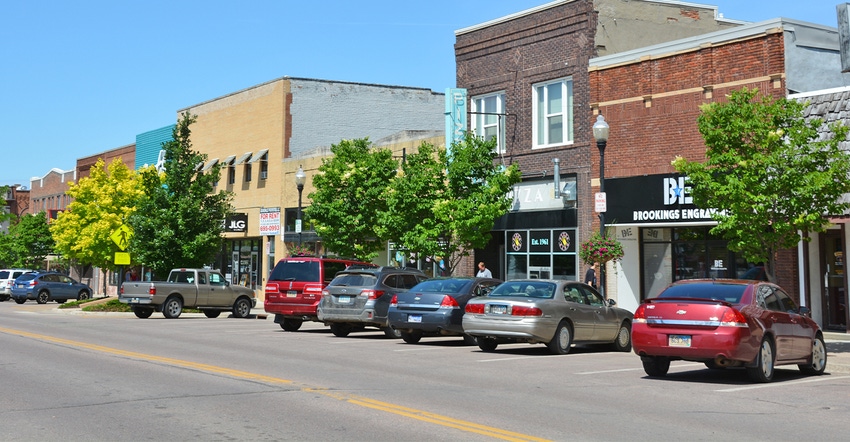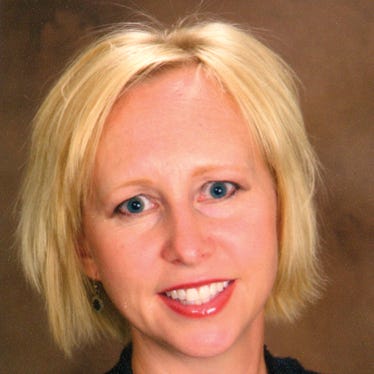July 10, 2019

Attending a conference in South Dakota typically means heading to a city — perhaps Pierre, Rapid City or Sioux Falls. But I recently had the opportunity to attend a conference in the small town of Lemmon, S.D. (population 1,213) and was impressed to find it attracted more than 120 attendees from other small rural towns such Selby, Bowdle, Webster, Hot Springs, and Tulare.
The conference was called “Energize! Exploring Innovative Rural Communities” and was facilitated by South Dakota State University’s Extension’s Community Vitality Team.
A common theme among conference participants was the desire to their help rural communities survive and thrive.
Seven of my favorite takeaway messages from the event were:
1. Get involved, whether you live in town or in the rural area. Neal Pinnow, mayor of Lemmon, suggested getting in on the ground floor to learn how entities within the community work. His civic involvement began by serving on the Chamber of Commerce board, then the economic development committee, followed by city council. With that experience, he then ran for mayor.
2. Build relationships with agencies before your community needs their services. A contingent from Lemmon has made visits to Pierre to meet with various state entities just to get to know the staff and the programs available. In years when assistance has been needed, the connections have proven to be valuable.
3. Recognize ZIP codes don’t matter to the next generation. Brent Comstock, a rural entrepreneur whose home state is Nebraska, surveyed more than 5,000 young people in 2018. He asked them to rank what was most important to them from a list of five items that included: stay in home community, move away from community, have a family, have a good income and change the world. Comstock reports that income, family and impacting the world consistently ranked higher than the questions related to location. “Foremost, the next generation wants to do things,” he said.
4. Make your town an experience town, not an errand town. “People will probably still get milk and eggs when they come to town, but we want them to also come downtown and have fun,” says Kate Westphal, 21, who is working to re-energize her hometown of Lemmon. After earning her nursing degree, she surprised herself by moving back to Lemmon after realizing she missed her family’s ranch and the connectedness of a rural community. Westphal, whose parents are longtime sheep ranchers in the area, is working as a nurse while also operating a custom leather business. She also recently opened a clothing and jewelry boutique on Main Street with her mom, Deb. Westphal credits her can-do attitude to her ranch upbringing. Businesses in a small community must work together, Westphal says. “You can’t have five coffee shops … but having a variety of stores brings more people to shop.”
6. Invite others to participate. Dick Werner returned to his hometown of Herried, S.D., to retire, and he’s committed himself to re-energizing the community. He pulled people and resources together to improve the park playground, develop housing and update the sports complex. As each project was completed, more people volunteered to help with the next one.
7. Ask for aid. The South Dakota Community Foundation, the Bush Foundation and Dakota Resources all offer a variety of funding programs. SDSU’s Community Vitality Team can help you identify many others. Contact them via Facebook at SDSU Extension Community Vitality or email [email protected].
Watch for SDSU’s next Energize Conference to be held in a rural South Dakota community in Spring 2020.
Gordon writes from Whitewood, S.D.
About the Author(s)
You May Also Like






